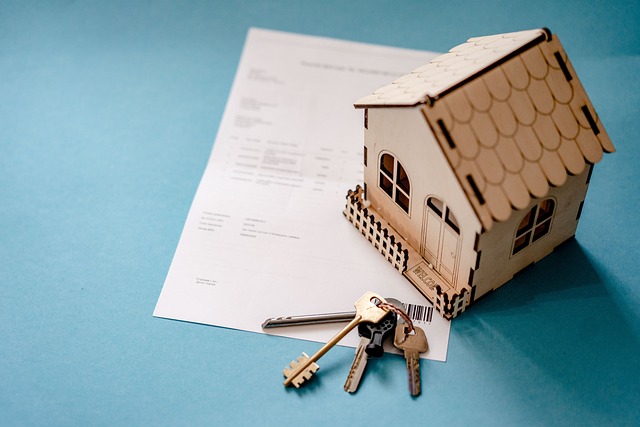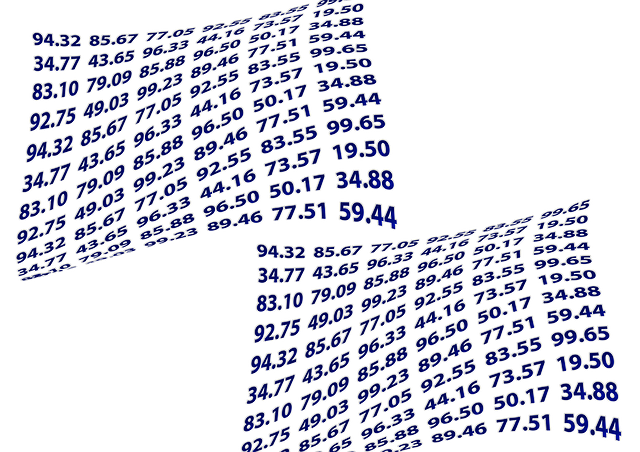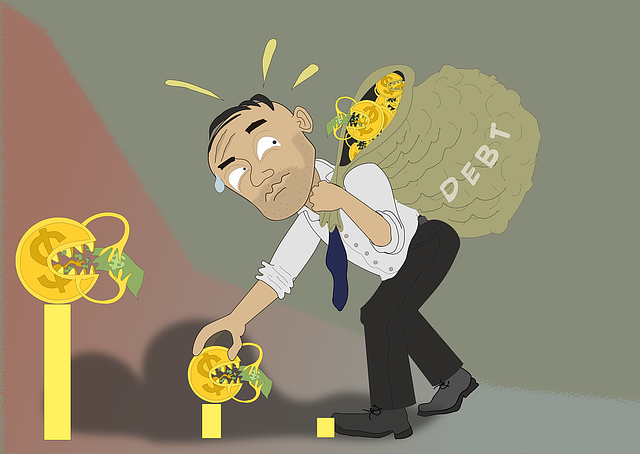Prime rates are key in real estate financing, offering flexible repayment options and serving as a benchmark for variable-rate loans. Understanding these rates helps borrowers make informed decisions during economic fluctuations, saving on mortgage payments by benefiting from potential rate drops. For property buyers, variable rate loans provide advantages with initially lower rates and flexibility to adapt to market changes over time. Real estate investors must balance rising or falling prime rates to manage loan costs and portfolio risk in a dynamic economic landscape.
In the competitive landscape of real estate, understanding variable rate financing is key. This article explores the tie between variable rates and prime rates in real estate loans, providing insights for property buyers and investors. We delve into the advantages of flexible financing options, while also navigating associated risks. By examining these factors, prospective homeowners and investors can make informed decisions, leveraging the dynamic nature of prime rates to their advantage in the ever-evolving real estate market.
Understanding Prime Rates in Real Estate Financing

Prime rates play a significant role in real estate financing, offering borrowers flexible repayment terms. In the context of variable-rate loans, the prime rate acts as a benchmark, allowing lenders to adjust interest rates over time. This is particularly beneficial for homeowners who can take advantage of potential rate drops, saving on monthly mortgage payments.
For real estate investors and buyers, understanding these rates is key to making informed decisions. Tracking prime rates enables borrowers to secure favorable financing options, especially during periods of economic fluctuation. By staying abreast of these changes, individuals in the real estate market can navigate their loan terms effectively and potentially save significant amounts over the lifetime of their mortgages.
Advantages of Variable Rate Loans for Property Buyers

For property buyers, variable rate loans offer a range of advantages in the competitive real estate market. One key benefit is flexibility; these loans allow borrowers to take advantage of declining interest rates over time, potentially saving significant amounts on their overall mortgage cost. This is particularly advantageous during periods of economic uncertainty or when interest rates are expected to rise in the future.
Additionally, variable rate loans often come with lower initial interest rates compared to fixed-rate mortgages, making them an attractive option for buyers who plan to sell or refinance within a few years. This allows homeowners to enjoy lower monthly payments initially, providing financial relief and potentially increasing their negotiating power when selling their property. In the dynamic landscape of real estate, these advantages make variable rate loans a strategic choice for savvy buyers.
Navigating Risks and Rewards: Prime Rate and Real Estate Investments

Navigating the complex relationship between variable rates and the prime rate is crucial for real estate investors. The prime rate, set by banks and influenced by economic conditions, directly impacts loan costs, including mortgages. When the prime rate fluctuates, so do the costs of borrowing for real estate ventures, presenting both risks and rewards.
On one hand, rising prime rates can make purchasing real estate more expensive, potentially cooling down an overheated market. Lower interest rates, on the other hand, stimulate investment by making property more affordable, driving up demand and potentially boosting returns. Real estate investors must stay attuned to these shifts, strategically adjusting their portfolios and financing plans accordingly to maximize gains while managing risk in today’s dynamic economic landscape.






